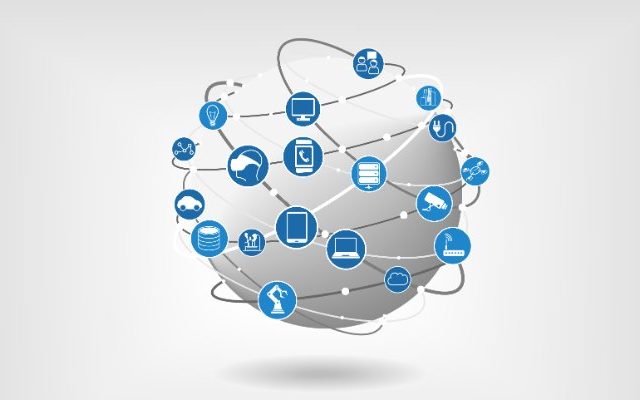Although the Internet of Things (IoT) has yet to reach the tipping point in mainstream adoption, steady progress has been made in both the consumer (IoT) and industrial space (IIoT) as both Fortune 500 and startups clamour to apply the latest technology as they seek new growth opportunities.
Global markets are being disrupted, driven by the accelerated rise of Social, Mobile, Analytical/Data, Cloud and Internet of Things technologies (SMACIT), fuelled by ubiquitous availability and changing consumer preferences.
Digitalisation is the enabler, as it disintermediates existing relationships, providing enterprises with direct access to end users, via new operating models, and migration from product to service-based business models.
From a consumer perspective, IoT empowers users with data and functionality to make everyday life simpler, healthier and more convenient.
The next step beyond connecting things and providing useful data is cognitive IoT. Think about it as an overlay of Artificial Intelligence (AI) that moves IoT from a passive state to continuous value creation at an individual level.
Taking a cue from the Facebook term ‘social graph’, the AI graph leverages the power of the cloud to analyse and compute data in real time, deriving valuable network insights, and most importantly, providing personalised value exchange back to the end user.
A case in point is one successful area in consumer IoT: fitness trackers. Despite this success, current anecdotal evidence is showing tracker abandonment after circa six months. After all, tracking steps, sleep patterns and heart rate is all well and good, but how is this information adding value once you have these benchmarks. An AI overlay will provide personalised guidance and continuous motivation to improve on these hypothetical results – thus facilitating deeper contextual experiences in both product and service relationships never seen before in the user space, transforming industry sectors and driving brand relevancy, engagement and equity via continuous customer value creation.
Sticking for the moment with health and medical IoT wearables and patches, in particular, for disease monitoring. Whilst each patient will have individual needs and requirements, consider the collective data insights generated by hundreds of thousands, if not millions of specific patients around the globe as their anonymous data is analysed for real-time disease monitoring – the medical insights would be unprecedented. Furthermore, cognitive IoT would inform key learning’s, predictive outcome capabilities and if required, facilitate remote healthcare professional advisory alerts and treatment intervention at an individual patient level. The likely macro healthcare system efficiencies will be unparalleled, and the quality of life for individual patients extended.
The benefits aren’t restricted just to healthcare – cognitive IoT and IIoT provides significant opportunities across all consumer and industry sectors, such as CPG/FMCG, retail, agriculture, manufacturing, logistics (incl. autonomous cars!), and with the projected growth of IoT devices to exceed multiple billions, success depends on the ability to look past digital technology as a passive enabler, and address user ‘pain points‘ to deliver continuous customer value creation.
Article by channel:
Everything you need to know about Digital Transformation
The best articles, news and events direct to your inbox
Read more articles tagged: Featured, Internet of Things






